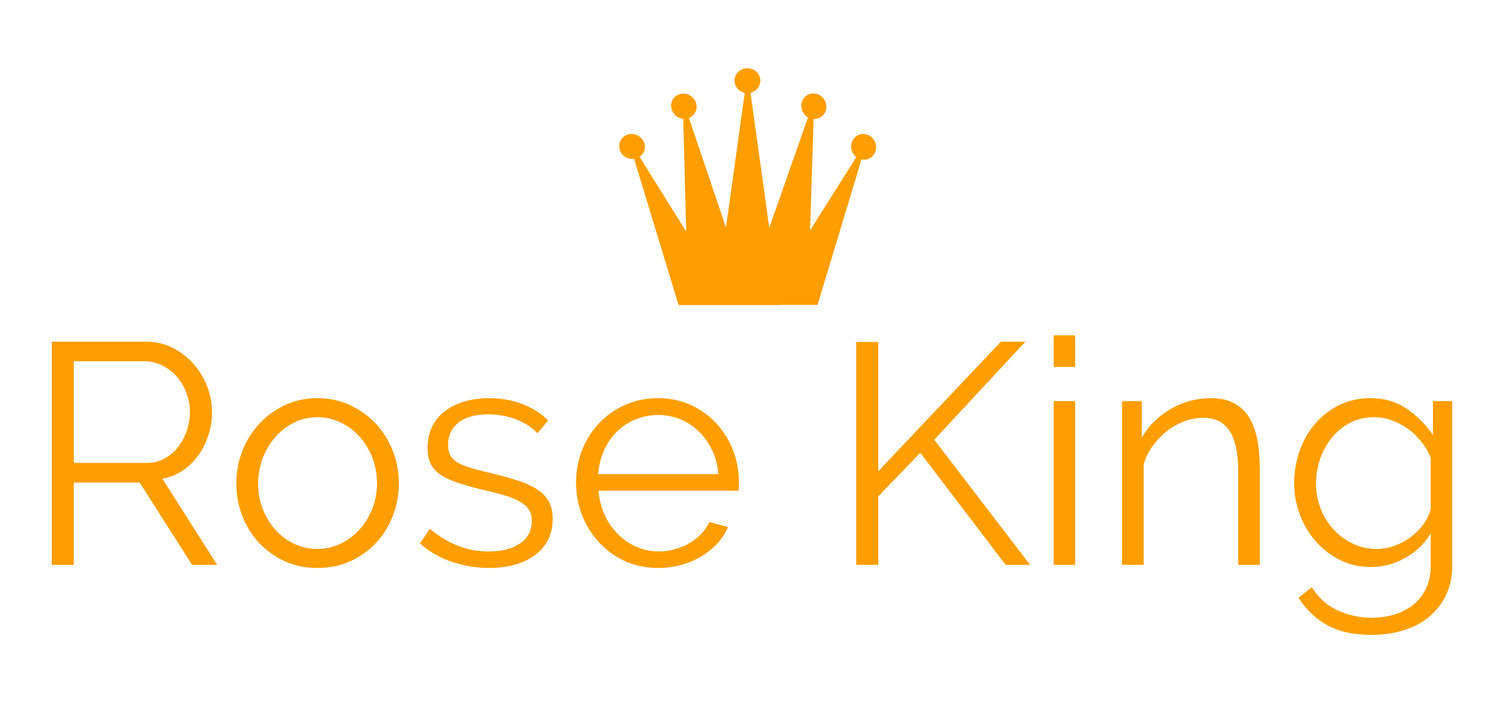I was recently working with a client on a speech and he asked me about moving around the stage: should I walk around up there? How much? And where do I go exactly?
In general, speakers should begin and end their remarks in the center of the stage without any movement. This is especially important during the intro. That’s the precise moment when you’ll be sharing some of the most critical parts of your presentation: the headline of your speech and an overview of what’s to come. In addition, that’s when the audience is forming their first impression of you. If you move too much (or pace back and forth), the audience will find your movement distracting.
During the rest of the presentation, speakers should be deliberate about walking around on stage. Specifically, I recommend doing so for the following 3 reasons*:
[Photo Credit: Antoine Schibler]
To Tell a Story – “When I was 8 years old ….” A great time to move closer to the audience is when you’re telling a story. If you lower your voice and slow down your rate of speaking, trust me, you’ll have them in the palm of your hand.
To Make a Transition – “Fast forward 9 months …” A great time to walk across the stage is when you’re transitioning between major ideas or themes. By doing so, your body language reinforces what you’re saying.
To Illustrate an Action – “I stepped up to the plate and heard Dad yell ….” Finally, showing an action can make your speech more memorable. In this case, you might step forward and tap home plate with an imaginary bat. Don’t overdo it. You’re a speaker, not an actor. Just a few key gestures will go a long way.
Should you do all three of these techniques? Probably not. Instead pick the one that’s most appropriate for what you’ll be saying and, above all, that’s natural for you. Said differently, there’s no set formula. You don’t want to look like a robot on stage, moving 3 feet to the left then 5 feet to the right. Instead, your goal should be to come across as personable: just one human being trying to connect with another. Movement that’s both intentional and natural can help you do just that.
*Note: techniques adapted/modified from Washington Post article Nov 2015.

![[Photo Credit: Antoine Schibler]](https://images.squarespace-cdn.com/content/v1/56b15eefb6aa6091b8ce7fc2/1499730325264-IXWKZ5QVDVIP104A3K83/image-asset.jpeg)